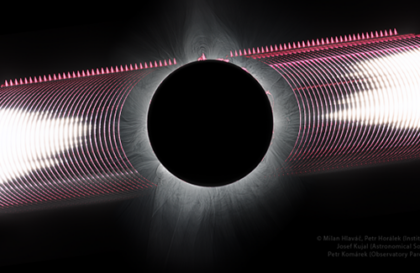So far, only 12 people have walked on the moon.
Earth’s natural satellite is at a distance of about 230,000 miles (370,000 kilometers), which, in terms of galactic distances, can be called at arm’s length.
The first walk on the moon took place in 1969. Neil Armstrong left the first footprint and said the words that have become legendary: “A small step for man, a giant leap for mankind.”
He was followed by Edwin “Buzz” Aldrin, and then 10 more people.
In total, 24 people participated in these missions – all of them were Americans. Only 12 of them set foot on the moon, and 12 others remained in the spacecraft.
List of astronauts who walked on the Moon during the Apollo era:
- Apollo 11: Neil Armstrong
Buzz Aldrin - Apollo 12: Charles “Pete” Conrad
Alan Bean - Apollo 14: Alan Shepard
Edgar Mitchell - Apollo 15: David Scott
James Irvine - Apollo 16: John Young
Charles Duke - Apollo 17: Eugene Cernan
Harrison Schmitt
Walk on the moon
One of the most amazing things about walking on the surface of the moon is its low gravity. The Moon’s gravity is approximately 1/6 of Earth’s, which means your weight on the Moon will only be about 16% of your weight here on Earth. This will allow you to make jumps that are six times higher than what you can do on Earth.
To this, it is only necessary to add 127 kilograms of the weight of the suit. That’s how much he weighs on Earth.
Buzz Aldrin, the second man to walk on the Moon, described his walk there as “a trampoline trip, but without elasticity or vibration”, the surface of the Moon as a “magnificent desert”, covered with a layer of dust and with a pitch-black sky. The earth looked so small that it could be closed with just a thumbs up.
But despite the low gravity, walking on its surface proved impractical to cover large distances in a limited amount of time. The invention of the lunar rover (LRV) was a breakthrough moment in manned missions. The lunar rover could travel at nearly 10 miles per hour (16 kilometers per hour) and had a range of about 55 miles (89 kilometers).
First used on the Apollo 15 mission in 1971, this electric vehicle was lightweight and designed to operate in the moon’s low-gravity vacuum. It could be folded during flight and deployed after the crew landed.
Moon landing
On August 21, 2023, at the south pole of the moon, the landing of the Russian automatic module “Luna-25” was planned. This mission was the first of its kind since the collapse of the Soviet Union and the first in a new “lunar race” that included the participation of several countries. However, the mission failed.
According to information from Roskosmos, during the transition to the pre-landing orbit, an abnormal situation arose on board the Luna-25, which did not allow the maneuver to be performed with the specified parameters. As a result, the module went into an off-design orbit, collided with the Moon, and crashed on its surface.
The main purpose of this mission was to reach the Moon, soft landing, and conduct scientific experiments, including analysis of the presence of water. The main task was to prepare for future landings of other stations.
It should be noted that even for Russia, which has rich space experience, the task of soft landing on the Moon remains difficult. Examples of such failed missions include the first lunar mission of a private company, organized in April 2023, as well as the failures of the Indian Chandrayaan-2 station in 2019 and the Israeli Bereshit rover in the same year.
The complexity of the soft landing task is due to the uncertainty of the lunar surface relief in the specific place where the device is heading. This aspect makes it difficult to set up automation and programming the landing process.

The Indian mission with the Chandrayaan 3 rover, which is also a soft landing challenge, has been successful. The device made a soft landing and sent the first photos of the lunar surface. The mission continues.
In 2020, the Chinese Chang’e-5 station with the return module landed in the Ocean of Storms on the visible side of the Moon. She collected samples of regolith (the so-called lunar soil) and delivered them to Earth.
Is the moon soft or hard?
In the distant 60s, Soviet scientists were preparing the world’s first lunar rover for landing on the moon. Then little was known about its surface. The design of the undercarriage of the lunar rover and the success of the mission depends on this knowledge.
There was a discussion among scientists. Some claimed that it is soft. Its surface is loosened by falling meteorites, like the earth by shells. Moreover, the upper soft layer was supposed to be up to several meters deep.
Another group of scientists held the opposite point of view, that is, the surface of the moon is solid.
The dispute was resolved by a strong-willed decision by the general designer of the spacecraft, Sergei Korolev. He confidently wrote his verdict on the memorandum – the moon is solid – and put his signature. Based on this intuitive assumption, the first lunar rover was designed.

And the moon was solid.
Credit рhoto:
https://www.nasa.gov
https://www.nasa.gov






